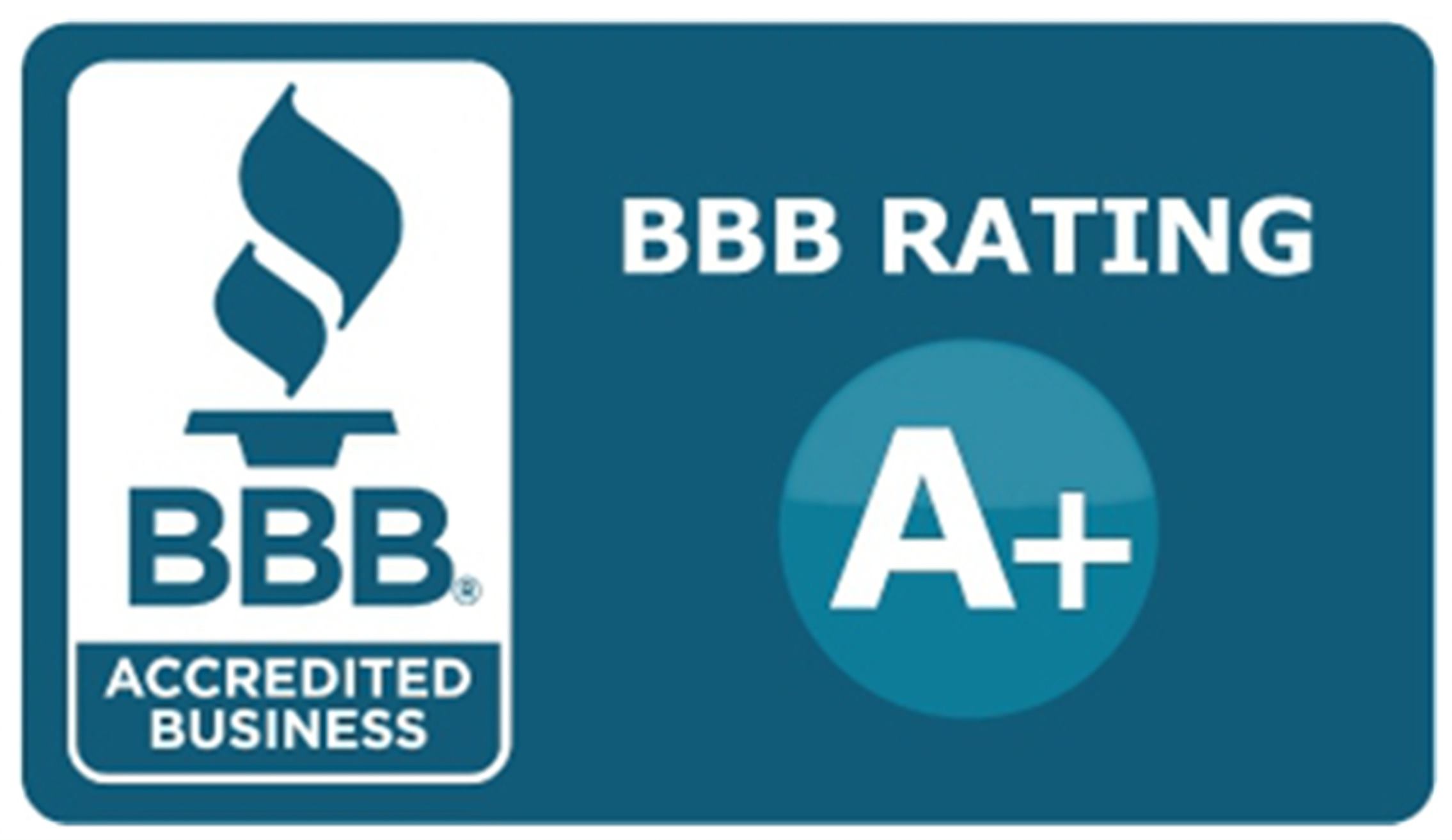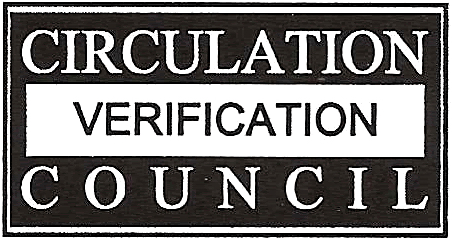How are the US Hispanic market is using their mobile devices, and for what purpose?
Much has already been made about US Hispanics and their mobile devices as people consistently discuss how the American Latino market continues to over-index on all things mobile from video to social media to internet use. While this sort of terminology has become almost commonplace among marketers, little has been made about looking at how the US Hispanic market is using their mobile devices, and for what purpose. As a result, while many companies will know that they need to have a mobile plan for their campaigns, the strategy of the actual campaign itself may still be an afterthought. However, as 70% of US Hispanics are using their smartphones for search functionalities*, understanding how they use the search functionality as well as the content they are searching for can help marketers turn their digital/mobile experience into a high-yield ROI generator.
1. IMPROVING LATINO MOBILE MARKETING FOR LOCAL SHOPPING RESULTS
 According to Google, 40% of Hispanics use mobile search to compare prices and locate retailers before purchasing products and services.** More impressively, for local shopping, which is defined by Mediapost as a searcher at any point along the purchase cycle including awareness, research, and actually making a transaction online, 69% of American Latinos reported mostly using search engines on their tablet or smartphone for local shopping. Furthermore, 1 in 3 mobile searches have local intent.
According to Google, 40% of Hispanics use mobile search to compare prices and locate retailers before purchasing products and services.** More impressively, for local shopping, which is defined by Mediapost as a searcher at any point along the purchase cycle including awareness, research, and actually making a transaction online, 69% of American Latinos reported mostly using search engines on their tablet or smartphone for local shopping. Furthermore, 1 in 3 mobile searches have local intent.
Of course, these percentages are great for generating buzz. The whole idea that a further growing percentage of Hispanics are using their phones to help with their shopping behaviors and decisions…and they’re doing it LOCALLY! …doesn’t necessarily mean that the execution of the marketing plan will necessarily meet what the Hispanic searcher is looking for. Based on the referenced percentages, it would stand to reason that more than 50% of Hispanics using search for their shopping needs are doing so to compare prices. Because there are so many options available via online retailers or even with local businesses that may not have had the largest marketing budget previously, advertisers are needing to make sure their prices/offers are competitive within the market, if not a little bit lower than general market standards to start driving the traffic. What’s more, the searches have a good probability of being local in nature, which can be good for small businesses looking for an opportunity to reach new and return customers who may not have as much, or enough, or a presence as the larger brands with budgets to remain top of mind. However, it also means that the large businesses need to also have local strategies to reach the mobile Hispanic American in order to keep their share of the market.
Looking at a Local Search on desktop for a Taqueria in Long Beach, CA, we see:
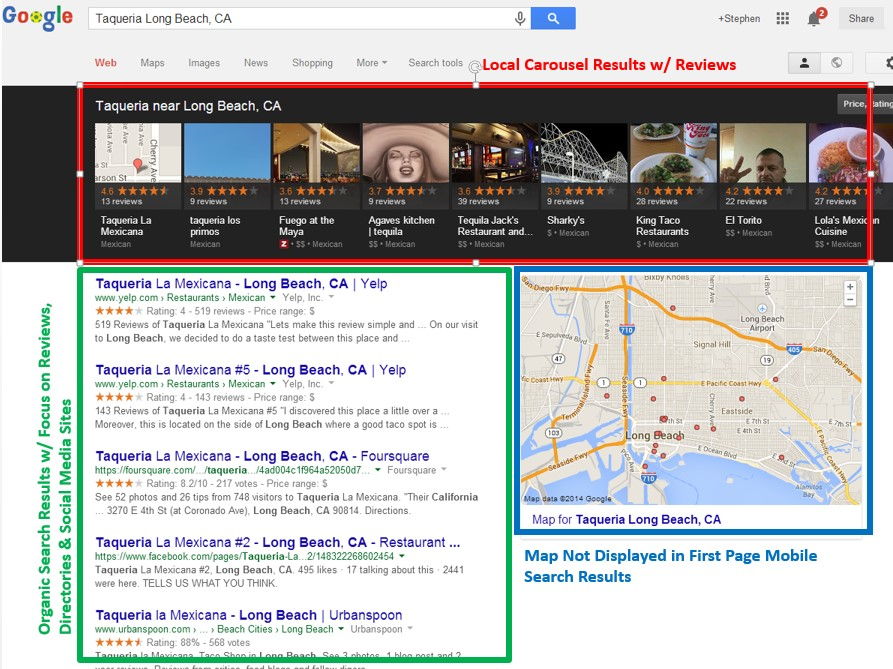
In certain cases as well, especially service oriented brands such as restaurants, mobile search results can also be impacted by page rankings in two different ways with a primary focus on how brands are engaged on a social level via directories and social networking sites.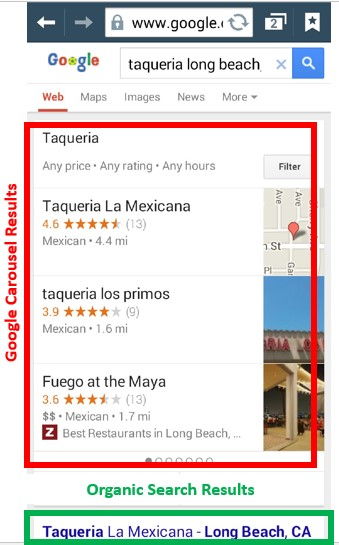
In particular, Google’s Local Search Carousel will often show relevant businesses at the top of the results on desktop searches that show positive reviews from people who had visited the specific location, or eaten there as in the case with restaurants and the example. The algorithm in this case seems to take location in regards to where the search is conducted into consideration as well. However, immediately beneath the carousel, Googlers are also able to see that the immediate results are Yelp and social media related sites with an emphasis on reviews that were placed emphasizing how the engagement and experiences local shoppers have, as well as how willing they are to share the experience online, is able to improve their overall positioning. Because this is also reflected to an extent on mobile searches, where three local carousel results will display at the top of the page prior to the organic results, the strategy should remain similar for providing locally relevant options to rank higher for Googlers. As an example here’s the same search, with the results shown in mobile.
2. GOOGLE SEARCHES TO ACCESS GOVERNMENT WEBSITES
While the government websites may not seem like the best analogy for companies looking to draft a mobile US Hispanic marketing program, there is actual correlation that can be derived from the traffic that these sites, in particular, generate as there are currently more than 70 million visits to government websites every month.*** While the Hispanic population in the United States has continued to grow, considering that in 2012 there were 53 million Latinos living in the United States,**** it can also provide a relatively fair assessment that the average government site visits by Hispanic Americans was around one per person. What’s more noticeable is how the traffic arrives at the government site. With searches based around government issues such as Benefits/Health, Immigration, Military, Jobs, and more, there’s been 145% increase in government search queries in Spanish since 2011. In certain cases, such as Healthcare, there’s even been increases as high as 381% YOY from mobile devices.*** And how does Google attribute the high volume of traffic government websites see? “When it comes to government issues, Hispanics want to go to the source.”***
 So, how this applies to brands lies in how a brand is viewed. From the traffic generated by searches to government websites from mobile search, we can see that the Latino American market will get their information from a source that they respect, and a source that they feel provides valuable information in response to their queries. To see the same results, a brand needs to provide the same level of value to position themselves just as favorably within the Hispanic community.For shopping sites this can mean everything from pricing the products correctly to drive the traffic to the site to providing a mobile responsive, Spanish language content site to match the query, and even further to offering excellent customer service offline that will have the customer remembering the brand favorably. For content sites, this can mean providing the general information that visitors want in either a way that stands out from other competing sites or offering information that Spanish-language searchers can’t find anywhere else.
So, how this applies to brands lies in how a brand is viewed. From the traffic generated by searches to government websites from mobile search, we can see that the Latino American market will get their information from a source that they respect, and a source that they feel provides valuable information in response to their queries. To see the same results, a brand needs to provide the same level of value to position themselves just as favorably within the Hispanic community.For shopping sites this can mean everything from pricing the products correctly to drive the traffic to the site to providing a mobile responsive, Spanish language content site to match the query, and even further to offering excellent customer service offline that will have the customer remembering the brand favorably. For content sites, this can mean providing the general information that visitors want in either a way that stands out from other competing sites or offering information that Spanish-language searchers can’t find anywhere else.
In doing so, brands can create a level of recognition among the Hispanic community that not only positions themselves as authorities for their market, but will also lead to higher revenues whether through direct online transactions of advertising dollars.
* https://www.clickz.com/clickz/column/2042573/search-tell-latinos-online
**https://www.thinkwithgoogle.com/research-studies/us-hispanic-retail-consumers.html
***https://www.thinkwithgoogle.com/articles/hispanics-use-digital-to-connect-to-us-government.html
****https://www.pewhispanic.org/2013/08/29/mapping-the-latino-population-by-state-county-and-city/

